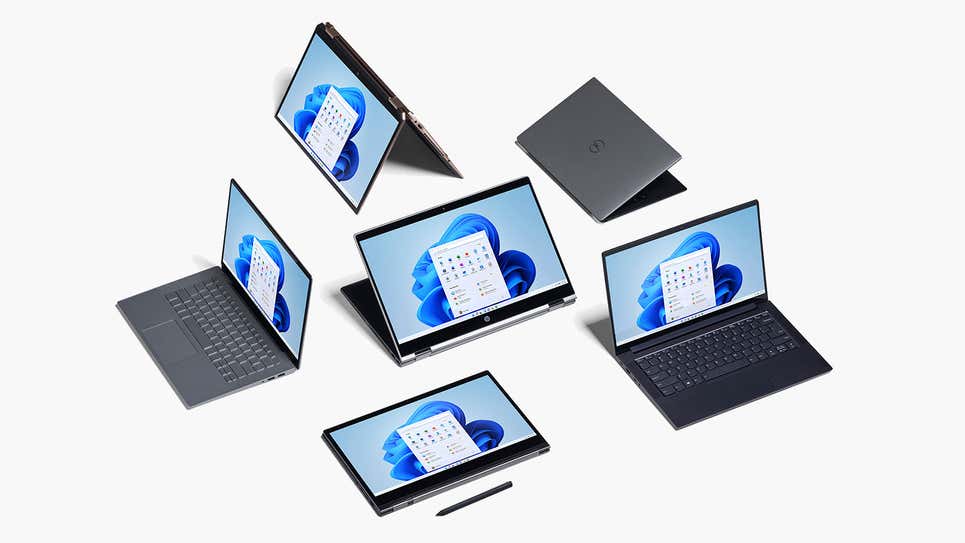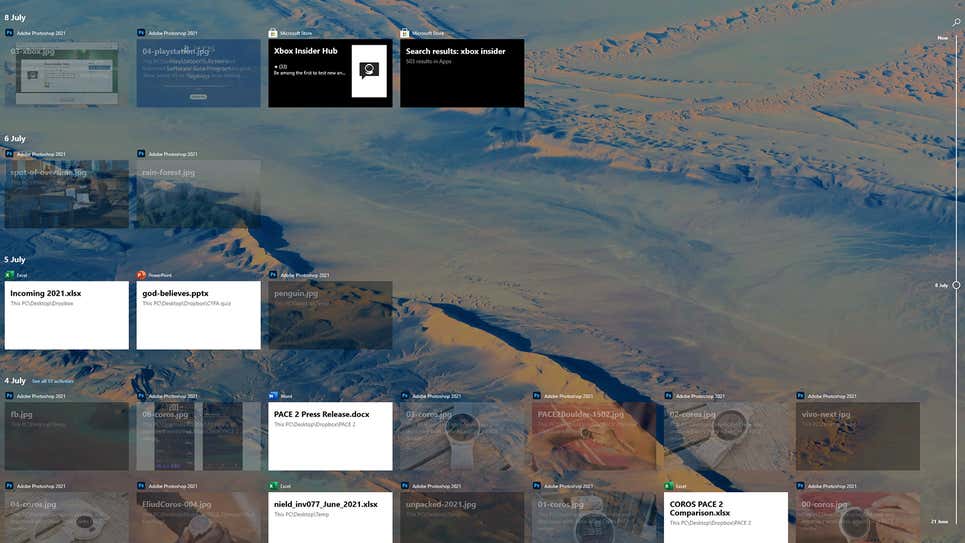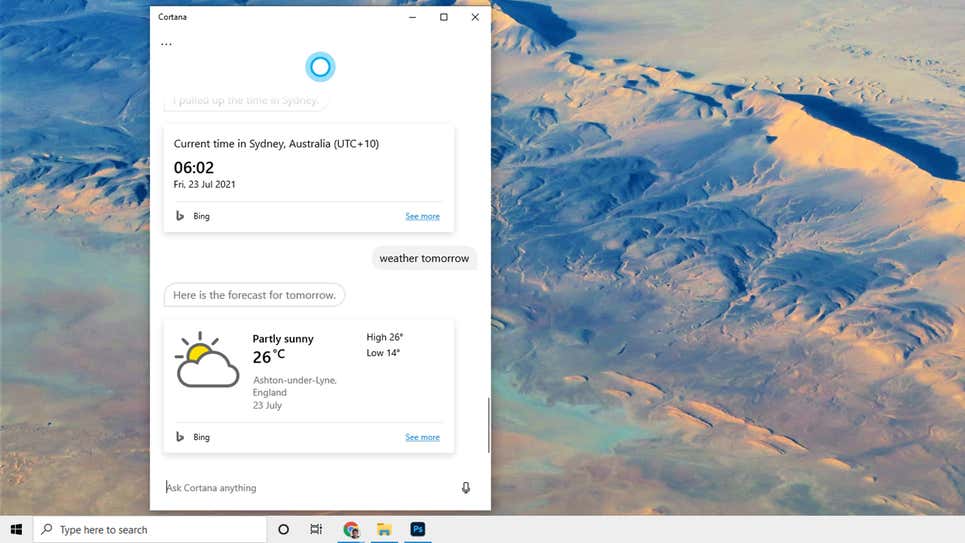Everything You'll Lose When You Upgrade to Windows 11 from Windows 10
Everything You'll Lose When You Upgrade to Windows 11 from
Windows 10
Windows 11 is on the way, and
when it is released later this year, it will have a new look, new colors, and
new features. However, not everything that is currently in Windows 10 will
survive the upgrade.
Expect a few feature additions
and subtractions between now and the public release of Windows 11, but here's
everything we know about that will be lost along the way.
Internet Explorer is a web
browser.
What exactly is it? You thought
it was already extinct? If you dig deep enough, you can still find it in
Windows 10, but all traces of Internet Explorer will be removed in Windows 11,
with Microsoft Edge replacing it. Use the IE mode in Edge for those really,
really old legacy apps and sites that you still need access to for whatever
reason.
Timeline
You may have never used Timeline,
which is one of the reasons it is being phased out with the release of Windows
11. The feature allows you to sync your activity over the last 30 days across
multiple Windows computers (files opened, websites visited, etc.), making it
easier to switch between devices logged in with the same Microsoft account.
Developers did not embrace the
Live Tiles feature on the Windows 10 Start menu, which allows various snippets
of information to be displayed and updated in real time. You'd be correct if
you thought that sounded a lot like widgets. However, Microsoft intends to
reintroduce desktop widgets with Windows 11, so let us hope they perform better
than Live Tiles.
Groups in the Start Menu
Another Start menu feature is the
ability for users to group tiles together and name them: productivity, writing,
games, or whatever. The layout of the Start menu will also not be resizable,
implying that Microsoft intends to provide the same Start menu experience to
everyone (as well as move it into the center of the screen).
Quick Update
Applications in Windows 10 can
leave small blocks of information on the lock screen to remind you of incoming
emails, upcoming calendar appointments, and so on. This functionality, known as
Quick Status, will not be available to programs when Windows 11 is released,
though widgets (see above) may pick up some of the slack.
Location of the Taskbar
Speaking of removing
customizations, the taskbar in Windows 11 can only be found in one location: at
the bottom of the screen. You may not have realized it, but in Windows 10, you
can move the taskbar to the left, right, or even the top of the screen. If you
enjoy tinkering with your operating system, you're out of luck.
The Tablet Mode
Windows 10 works well on both
tablets like the Surface Pro and full desktop or laptop computers, but Windows
11 will not include a dedicated mode for tablet devices. Rather, this
functionality will be reconfigured, with some of it occurring automatically
(like when you attach or detach a Bluetooth keyboard, for example).
Cortana
Microsoft's digital assistant
will not be completely removed from Windows 11, but it will be removed from the
setup process and will no longer be pinned to the taskbar. It's unclear what
Microsoft has in store for Cortana, but based on the features added to it in
the last year or so, it could be repositioned as a business tool.
S Mode in Windows
This is another feature that
isn't going away completely, but you'll see less of it: S Mode, which allows
only apps from the official Microsoft Store to be installed to improve
performance and security, will be available only in Windows 11 Home edition. S
Mode is currently available in Windows 10 Home and Windows 10 Pro.





Comments
Post a Comment